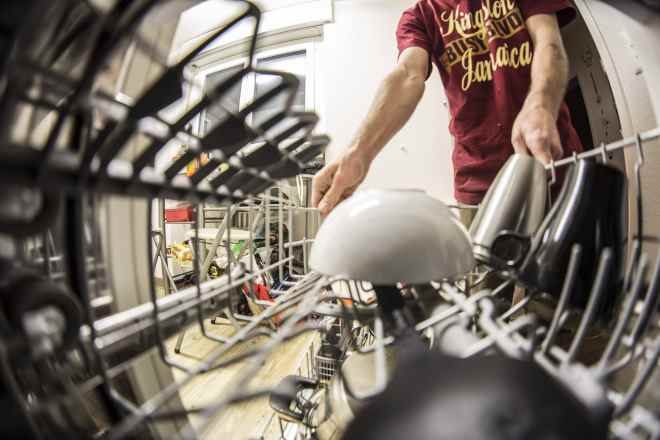Find the Right Pilates Fit: From Core Training to Calm Flow
Looking for pilates near me often starts with a simple goal—feeling stronger, calmer, and more in tune with the body. Whether it’s line pilates for better alignment, yogalates near me for a mix of yoga and strength, or strong pilates for power and control, each option offers a unique way to move and breathe. Many discover balance through off duty pilates sessions or guided breath pilates classes that connect breath with flow. In a well-equipped pilates studio, every movement supports posture and builds a deeper core connection. Searching the right program brings a chance to experience calm strength, graceful control, and a renewed sense of energy.

Pilates has evolved from Joseph Pilates’ original method into a diverse fitness discipline that caters to various goals and abilities. This comprehensive approach to movement emphasizes controlled precision, breath awareness, and mind-body connection, making it accessible to beginners while challenging enough for advanced practitioners.
Core Training Feels Better with Strong Pilates Foundation
Building core strength through Pilates goes beyond traditional abdominal exercises. The method targets deep stabilizing muscles including the transverse abdominis, pelvic floor, and multifidus, creating a strong foundation for all movement. Classical Pilates exercises like the Hundred, Roll-Up, and Teaser systematically develop this internal powerhouse while improving posture and reducing back pain risk.
Mat-based Pilates classes focus heavily on core engagement through bodyweight resistance. Participants learn to initiate movement from their center, creating stability that transfers to daily activities. Equipment-based sessions using reformers, chairs, and barrels add spring resistance that both assists and challenges core muscles, allowing for progressive strength development.
Breathe Move and Flow with Pilates Studio Energy
The rhythmic nature of Pilates creates a meditative flow that distinguishes it from other fitness modalities. Breath coordination with movement forms the cornerstone of practice, with specific breathing patterns enhancing exercise effectiveness. The lateral thoracic breathing technique promotes rib cage mobility while maintaining core stability.
Contemporary Pilates styles often incorporate flowing sequences that link exercises seamlessly together. These flowing transitions challenge coordination and balance while maintaining the mindful quality that makes Pilates both physically and mentally restorative. Group classes create collective energy that motivates participants while individual attention ensures proper form and safety.
Searching Local Services Starts the Balance Journey
Finding qualified instruction in your area requires research into different studio offerings and instructor credentials. Look for teachers certified through recognized programs such as Romana’s Pilates, BASI, or Stott Pilates, which provide comprehensive training in anatomy, exercise modification, and safety protocols.
Studio environments vary significantly, from intimate spaces with a few reformers to large facilities offering diverse class formats. Trial classes or introductory packages allow you to experience different teaching styles and determine which approach resonates with your learning preferences and fitness goals.
Pilates Variations for Different Needs
Pilates adapts to serve various populations and objectives. Rehabilitation-focused sessions work with physical therapists to address specific injuries or movement limitations. Athletic conditioning programs challenge elite performers with advanced exercises that enhance sport-specific skills. Prenatal and postnatal classes modify traditional exercises to support women through pregnancy and recovery.
Senior-friendly Pilates emphasizes balance, flexibility, and bone health while accommodating physical limitations. Chair-based modifications make the method accessible to those with mobility restrictions, proving that Pilates principles benefit people across all ability levels.
| Studio Type | Session Format | Cost Estimation (SGD) |
|---|---|---|
| Boutique Studios | Private Session | 120-180 per hour |
| Community Centers | Group Mat Class | 25-40 per class |
| Fitness Chains | Reformer Class | 45-65 per class |
| Specialized Rehab | Physiotherapy-Led | 100-150 per session |
Prices, rates, or cost estimates mentioned in this article are based on the latest available information but may change over time. Independent research is advised before making financial decisions.
Equipment Considerations and Home Practice
While studio equipment offers unique benefits, home practice using mats, resistance bands, and small props can supplement formal instruction. Online platforms provide guided sessions, though they cannot replace hands-on correction and personalized modifications that qualified instructors provide.
Investing in quality equipment for home use requires understanding which tools align with your practice goals. Basic props like Pilates rings, foam rollers, and stability balls enhance mat work without requiring significant space or financial investment.
Pilates offers a sustainable approach to fitness that grows with practitioners over time. By understanding different styles, finding qualified instruction, and choosing appropriate formats, individuals can develop a practice that supports long-term health and well-being. The method’s emphasis on quality over quantity, precision over power, creates lasting benefits that extend far beyond the studio environment.
This article is for informational purposes only and should not be considered medical advice. Please consult a qualified healthcare professional for personalized guidance and treatment.




